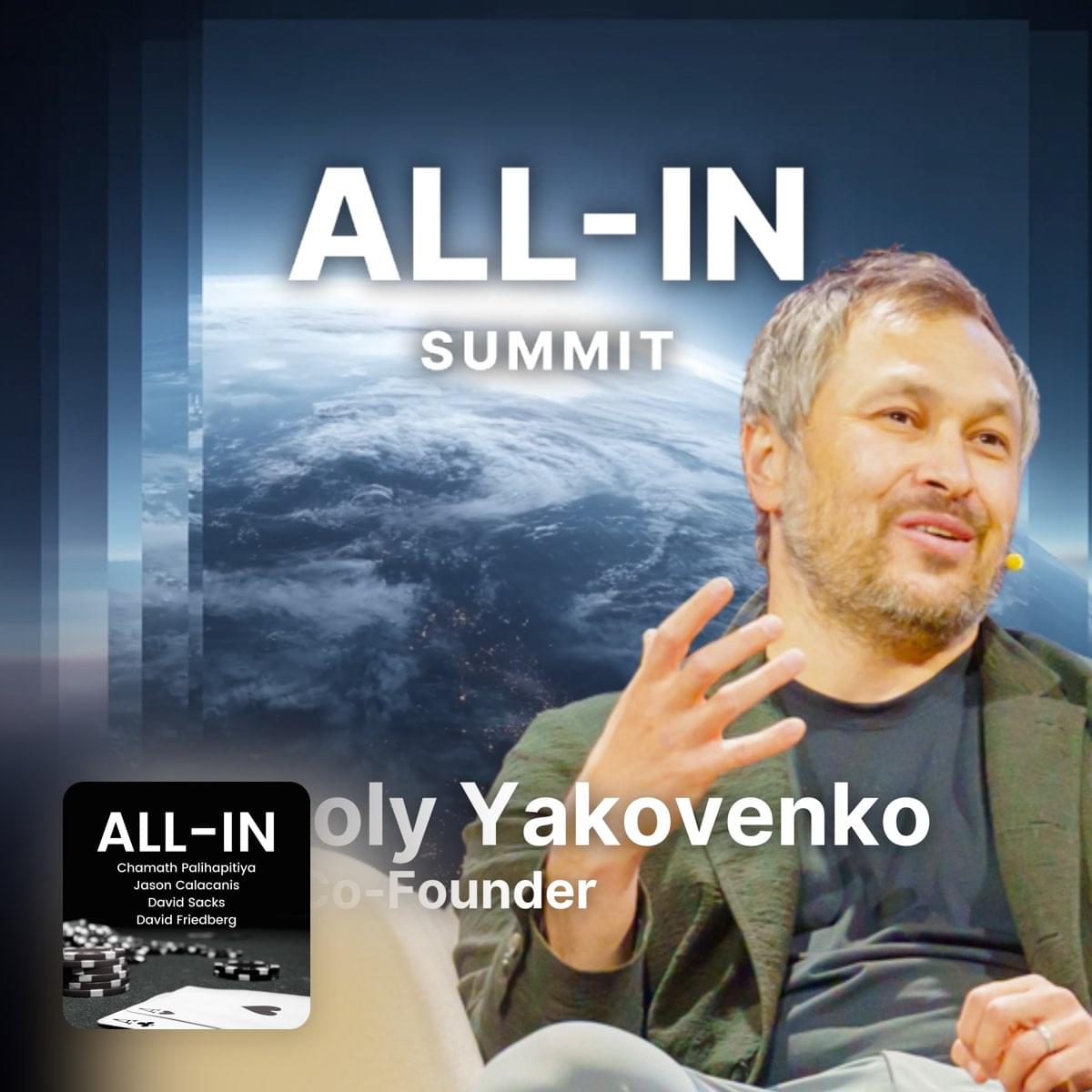Integration into a quantum money protocol shows that memories can now handle very demanding applications for quantum networking.
Researchers at the Kastler Brossel Laboratory (Sorbonne Université, CNRS, ENS-Université PSL, Collège de France), together with colleagues from LIP6 (Sorbonne Université, CNRS), have taken a major step forward in quantum technology: for the first time, they have integrated an optical quantum memory into a cryptographic protocol. This achievement, based on Wiesner’s unforgeable quantum money scheme, demonstrates that quantum memories are now mature enough to operate under very demanding conditions for networking.
In a study published on September 19 in Science Advances, the Paris team implemented Wiesner’s quantum money, a foundational idea in quantum cryptography that relies on the no-cloning theorem to prevent counterfeiting. Unlike previous demonstrations that bypassed storage, this experiment incorporated an intermediate memory step—an essential capability for real-world applications where quantum data must be held and released on demand.





